Tick-Tock: Understanding the Duration of Your Botox Treatment
Why Understanding Botox Duration Matters for Your Treatment Success
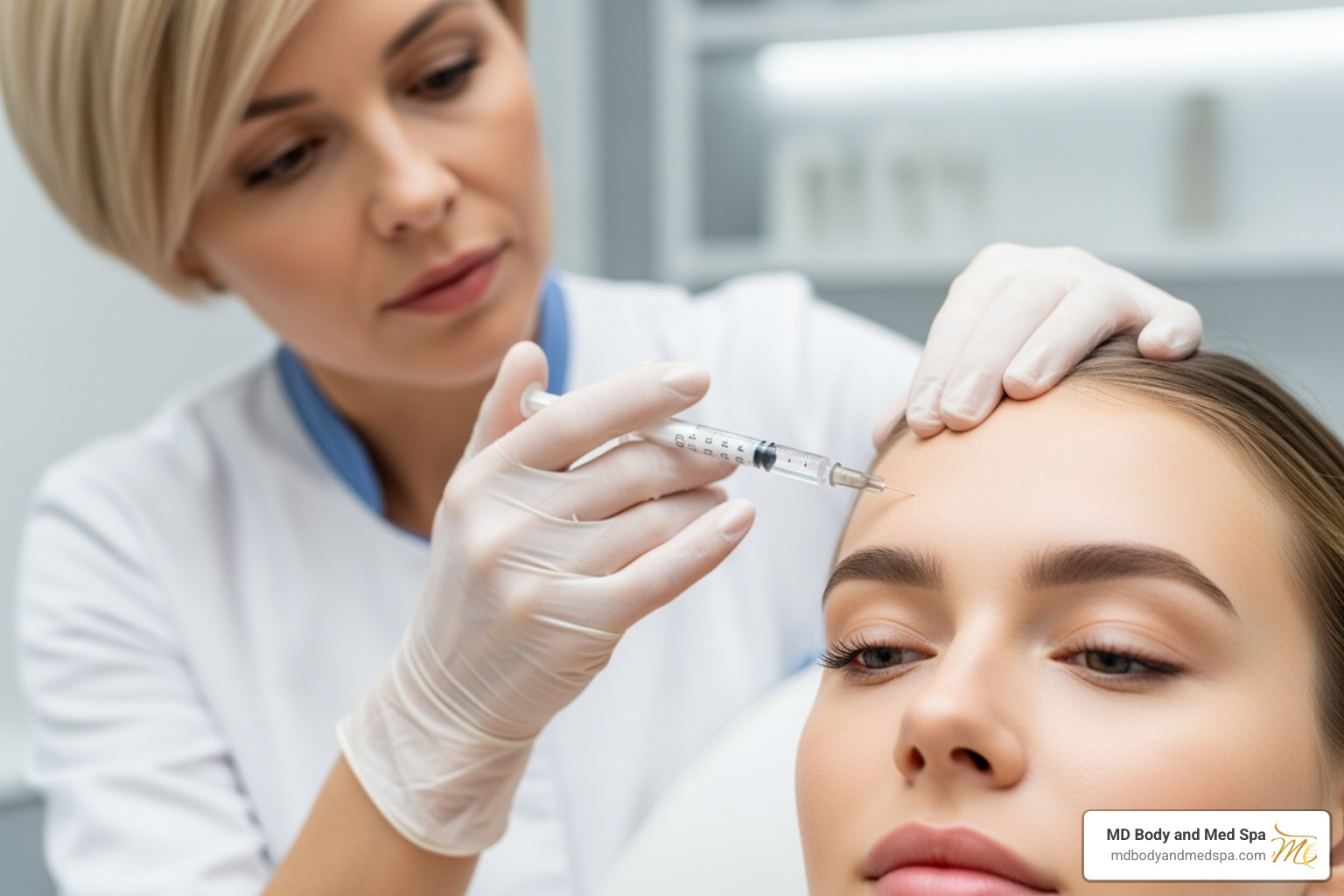
How long does Botox last is one of the most common questions we hear from patients considering this popular wrinkle-smoothing treatment. The answer affects everything from your budget planning to scheduling your next appointment.
Quick Answer: Botox Duration at a Glance
- Average Duration: 3-4 months for most patients
- Range: 2-6 months depending on individual factors
- Onset Time: 3-5 days for initial effects, 10-14 days for full results
- First Treatment: May wear off sooner (2-3 months) but typically lasts longer with repeat treatments
- Maintenance: Regular treatments every 3-4 months help maintain optimal results
The reality is that Botox duration varies significantly from person to person. Some patients enjoy results for up to six months, while others notice movement returning after just two months. Your age, metabolism, muscle activity, and even the skill of your injector all play crucial roles in determining how long your investment will last.
Understanding these factors helps you set realistic expectations and make informed decisions about your treatment plan. When you know what influences Botox longevity, you can take steps to maximize your results and get the most value from each session.
As Rachel Stone, CEO and injector at MD Body and Med Spa with over a decade of experience in medical aesthetics, I've helped thousands of patients understand how long does Botox last and develop personalized treatment schedules that work with their lifestyle and goals. My extensive training in neurotoxin treatments allows me to provide insights that help patients achieve longer-lasting, more satisfying results.
What is Botox and How Does It Smooth Wrinkles?
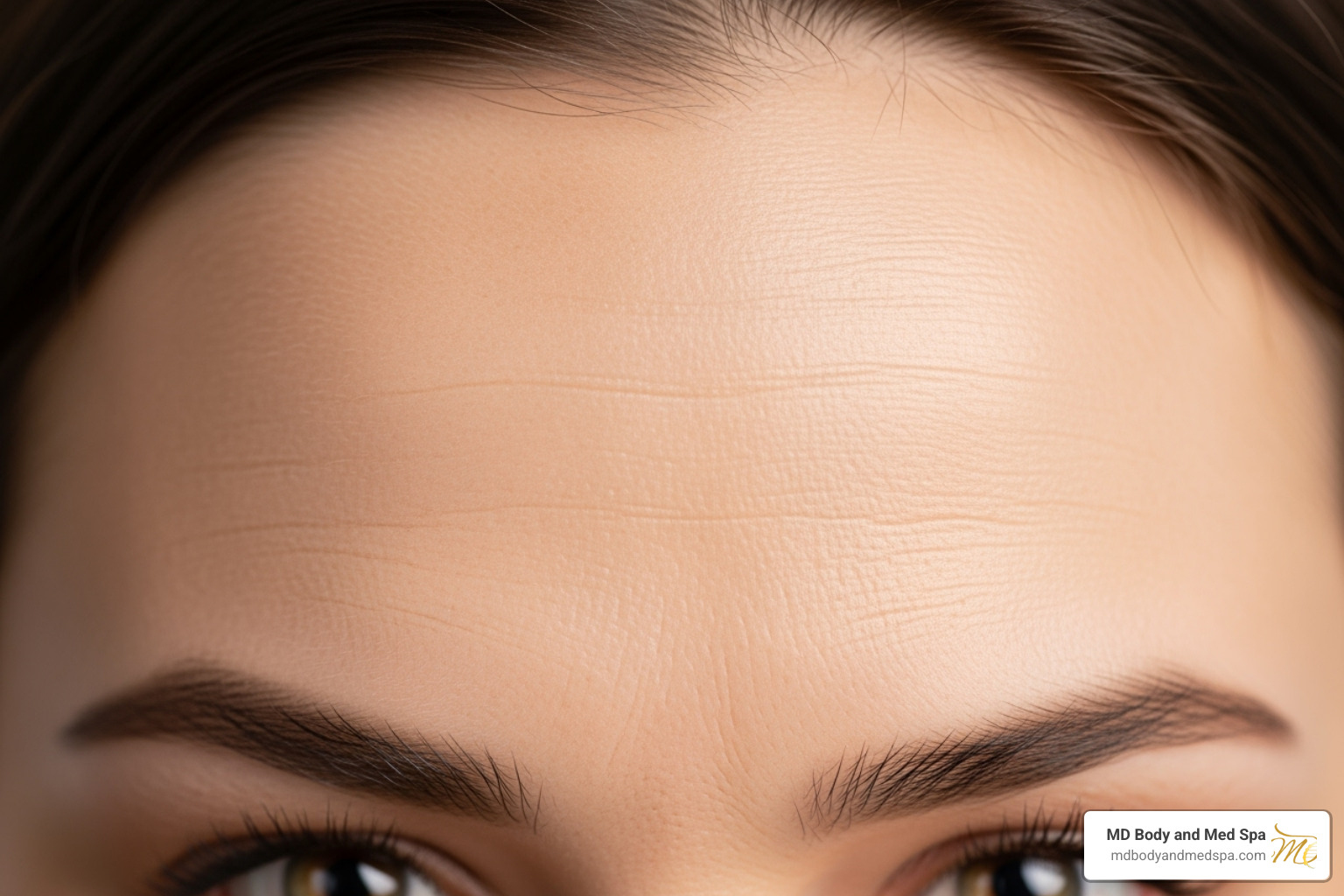
If you've ever wondered why some people seem to have naturally smooth foreheads while others develop deep lines, the answer often lies in a small injection that's revolutionized cosmetic medicine. Botox - the brand name for onabotulinumtoxinA - is a purified protein derived from botulinum toxin that's become the gold standard for smoothing wrinkles.
Think of Botox as a temporary "pause button" for your facial muscles. This FDA-approved neurotoxin works by blocking nerve signals to targeted muscles, preventing them from contracting and creating those telltale lines we associate with aging. It's like giving your face a well-deserved break from all those years of expressive movements.
The magic happens at the microscopic level. When you make facial expressions - whether you're concentrating, laughing, or squinting in the sun - your muscles contract repeatedly. Over time, these constant muscle contractions create permanent creases in your skin, much like folding a piece of paper in the same spot over and over again.
Botox interrupts this process by blocking acetylcholine, the chemical messenger that tells your muscles to contract. Without this signal, the treated muscles relax, allowing the overlying skin to smooth out naturally. It's particularly effective for dynamic wrinkles - those that appear when you move your face.
The most popular treatment areas include forehead lines that develop from raising your eyebrows, crow's feet around the eyes from years of smiling and squinting, and glabellar lines (those vertical "11" lines between your eyebrows) from frowning. Scientific research on Botulinum Toxin A continues to support its safety and effectiveness for these cosmetic applications.
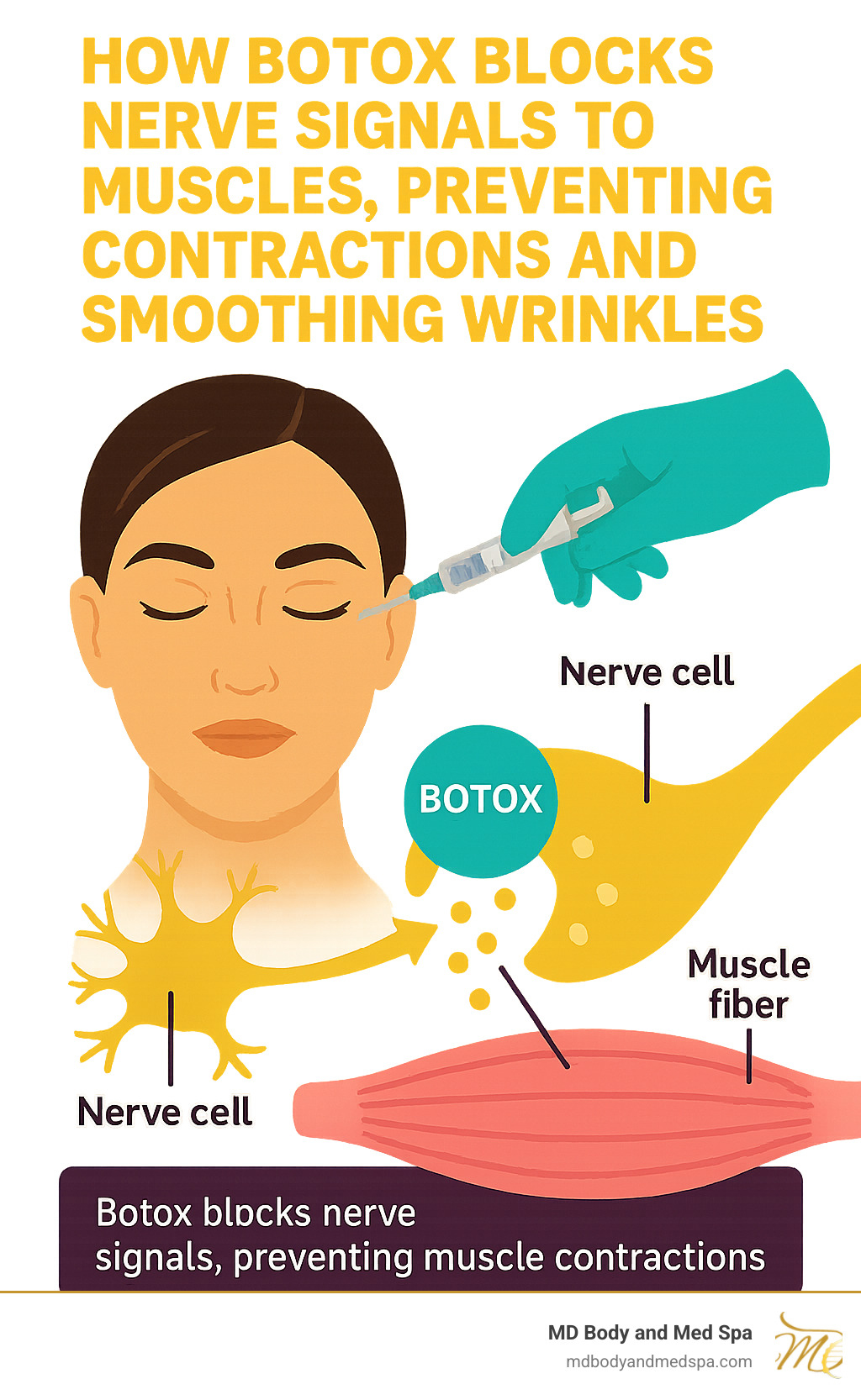
When Does Botox Start to Work?
One of the most common questions we hear is, "When will I see results?" The honest answer is that Botox requires a bit of patience - but the wait is absolutely worth it.
Unlike dermal fillers that provide immediate volume, Botox works gradually as it blocks nerve signals to your muscles. You might notice some initial effects within the first day or two, but these are usually subtle changes that only you would notice.
The real magic happens around 3-5 days after your treatment when you'll start to see noticeable improvements. Your forehead feels smoother, those crow's feet begin to soften, and you might catch yourself in the mirror thinking, "Oh, that's nice!"
However, you'll need to wait the full 1-2 weeks to see your complete results. This is when the Botox has fully taken effect and you can truly appreciate the change. We always tell our patients to be patient during this period - good things come to those who wait.
If you have a special event coming up, we recommend scheduling your Botox treatment at least two to three weeks in advance. This gives you plenty of time to see your full results and ensures you'll look your absolute best for those important photos.
How Does the Body Process Botox Over Time?
Understanding how your body processes Botox helps explain why the effects are temporary - and why that's actually a good thing. The botulinum toxin doesn't cause permanent changes to your nerves or muscles. Instead, it creates a temporary pause in communication between them.
Over the months following your treatment, your body naturally breaks down the Botox protein into harmless amino acids. Meanwhile, your nerve endings begin to regenerate and form new connections with your muscles - a process called nerve signal restoration. As acetylcholine production returns to normal, your muscle contractions gradually resume.
This gradual wear-off typically occurs over 3-4 months, which directly answers the question of how long does Botox last for most patients. The beauty of this process is that your results don't disappear overnight. Instead, you'll notice a slow return of movement and the gradual reappearance of lines over several weeks.
This timeline gives you plenty of opportunity to schedule your next appointment before your results completely fade. Research shows that this natural metabolic process is consistent and predictable, making it easy to plan your maintenance treatments.
The Big Question: How Long Does Botox Last on Average?
Most patients enjoy smooth, wrinkle-free skin for about 3–4 months after a treatment.
- A small group metabolizes the neurotoxin in as little as 2 months.
- Most fall right in the middle at 3–4 months.
- A lucky handful stretch results to 5–6 months.
Clinical studies confirm high satisfaction throughout this window, and many people notice each session lasts a bit longer than the one before because their muscles gradually “learn” to stay relaxed.
Injection site matters too. Forehead and glabellar (frown) lines usually reach the full 3–4 months, while constantly moving crow’s-feet may soften again after about 7–12 weeks.
What Factors Influence How Long Botox Lasts?
Your timeline is shaped by a mix of biology, technique, and lifestyle:
- Age & sex – younger, faster metabolisms and thicker male muscle mass can shorten duration.
- Muscle strength – naturally expressive or well-developed muscles may wear off faster.
- Metabolism – athletes or very active people process proteins quickly.
- Treatment details – correct dose, dilution, and placement by an experienced injector dramatically extend results.
- Lifestyle – smoking, excess sun, and high stress speed breakdown; good skin care and SPF protect your investment.
Why Your Botox Might Wear Off Sooner Than Expected
If movement returns earlier than you hoped, one (or a mix) of these is usually to blame:
- High metabolism from intense exercise.
- Strong facial muscles overturning a conservative dose.
- Your very first session—results are often a bit shorter the first time.
- Under-dosing by an inexperienced provider.
- Lifestyle stressors such as frequent frowning, UV damage, or smoking.
Knowing these variables lets you and your injector create the best schedule for consistently refreshed results. For deeper reading see Understanding Botox Longevity.
Maximizing Your Investment: How to Extend Botox Results
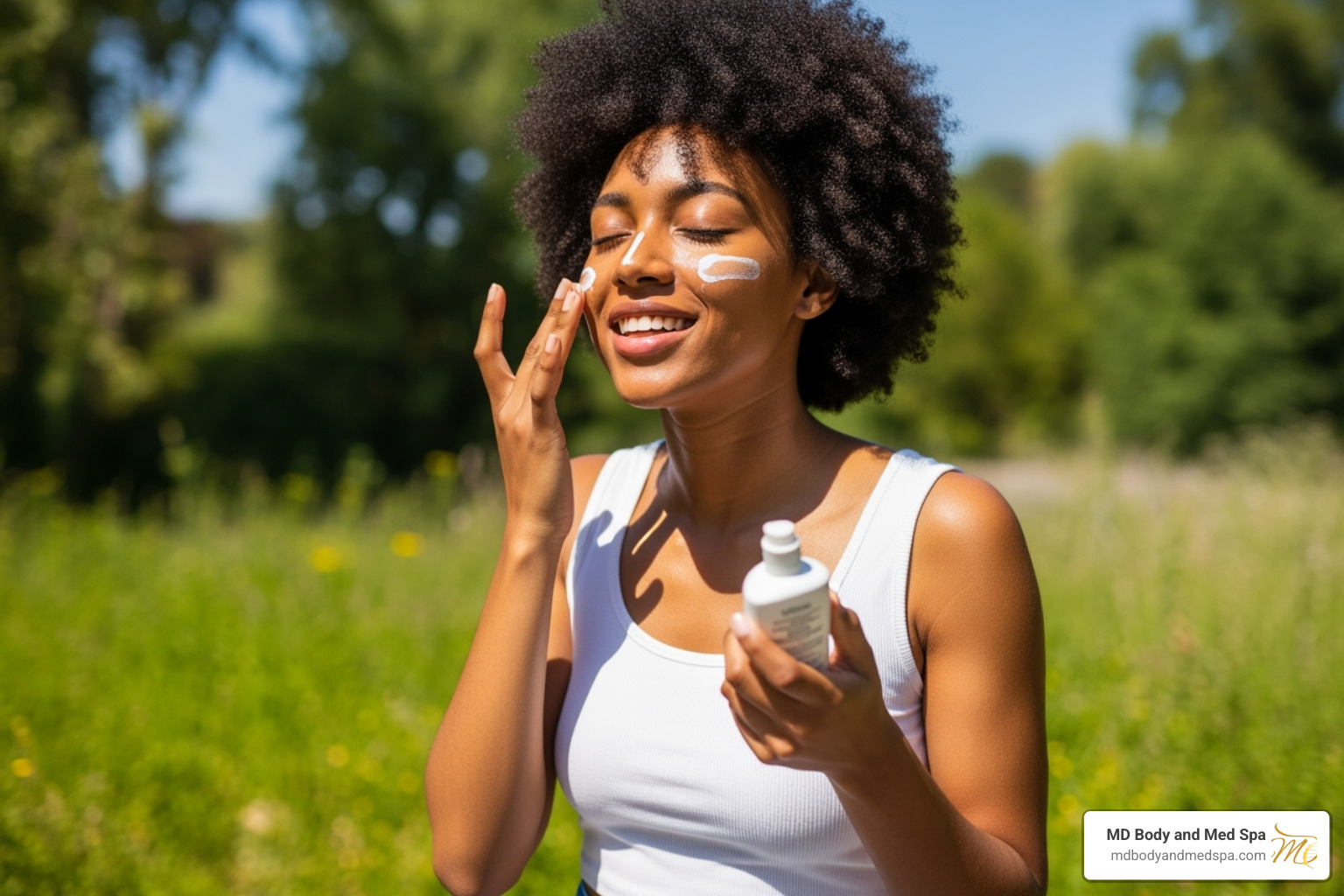
A single syringe doesn’t determine longevity—what you do before, during, and after treatment matters just as much. Follow these tips to help your results last toward the 4-to-6-month mark.
The Crucial Role of Your Injector's Expertise
Precise placement, dose, and dilution are the biggest longevity boosters. At MD Body and Med Spa our board-certified providers study your unique facial anatomy and movement patterns, then tailor every injection accordingly. The right units in the right spots equal smoother, more natural results that simply last longer. Learn more about our team here.
Post-Treatment Aftercare: The First 24–48 Hours
- Stay upright for 4–6 hours; avoid rubbing or massaging the area.
- Skip vigorous workouts, alcohol, saunas, and hot yoga for the first day.
- Keep skin cool; gentle ice helps if you bruise or swell.
- Perform facial exercises only if specifically instructed.
These simple steps give the toxin time to bind fully to the nerve endings instead of drifting into unintended muscles.
Long-Term Strategies and Regular Maintenance
- Schedule repeat appointments as soon as you detect returning movement—typically every 3–4 months. Regular sessions “train” muscles and can eventually stretch visits to 5–6 months.
- Wear broad-spectrum SPF 30+ daily. UV exposure accelerates toxin breakdown and ages skin.
- Maintain a balanced diet, hydrate, manage stress, and avoid smoking. Healthy skin holds results longer.
- Pair Botox with a consistent, medical-grade skin-care routine and, when appropriate, complementary treatments such as microneedling or fillers. See our full offering of injectables and fillers.
Patients who follow these guidelines typically enjoy longer-lasting results and spend less money correcting deeply etched lines later on.
Exploring Your Options: Alternatives and Combined Therapies
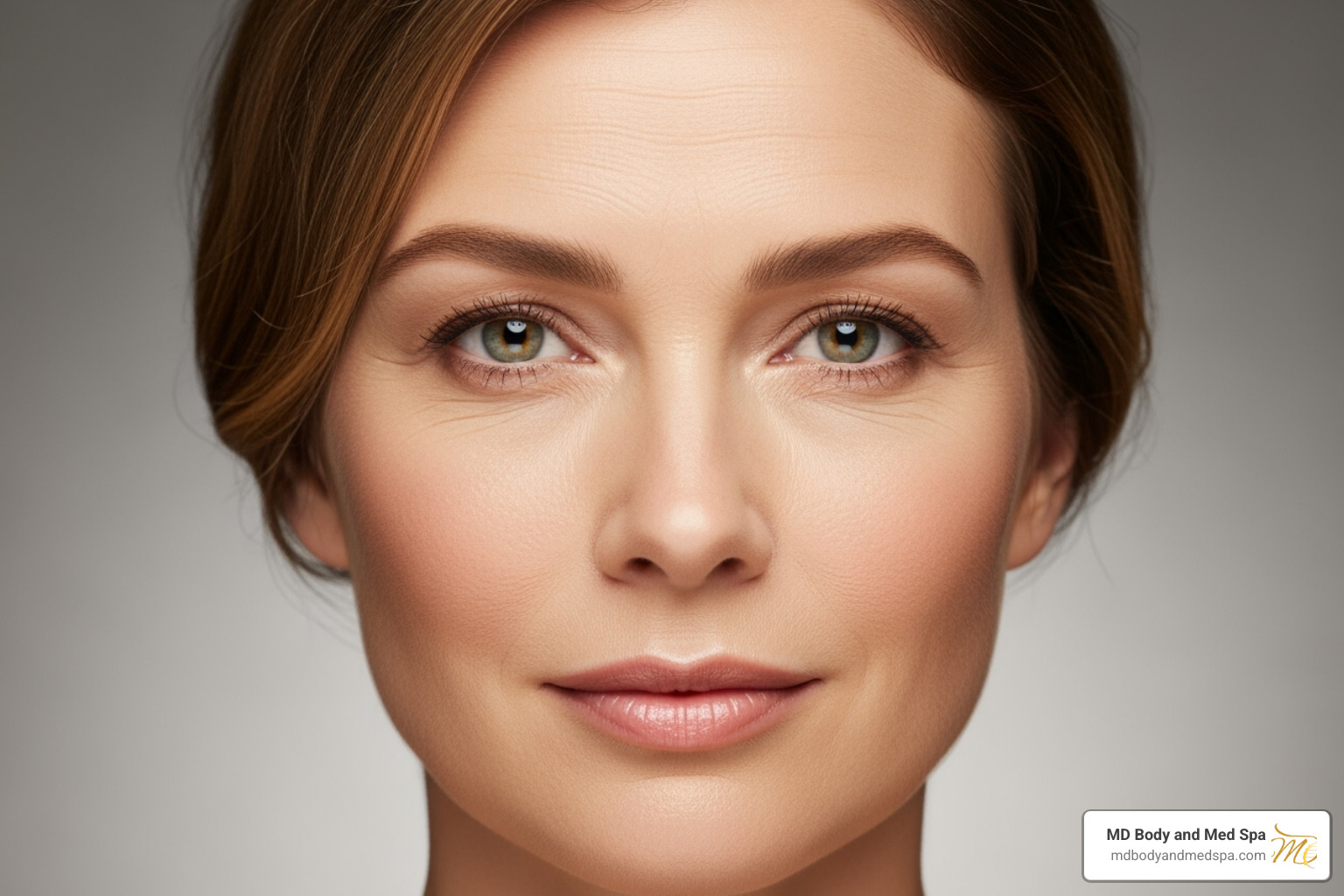
While understanding how long does Botox last is important for planning your treatments, it's equally valuable to know about other options that can complement or improve your results. Think of Botox as one instrument in a full orchestra - it plays its part beautifully, but the real magic happens when everything works together.
The key difference between Botox and other treatments lies in what they're designed to do. Botox is your go-to for wrinkle relaxers - those lines that appear when you smile, frown, or squint. But what about the wrinkles that stick around even when your face is completely relaxed? That's where volume improvers like dermal fillers come into play.
Dermal Fillers as a Complementary Treatment
Dermal fillers work like a completely different tool in your anti-aging toolkit. While Botox temporarily relaxes muscles to prevent wrinkles from forming, hyaluronic acid fillers actually add volume back to areas that have lost their youthful fullness over time.
Think of it this way: if your skin were a mattress, Botox would be like adjusting the springs to prevent sagging, while fillers would be like adding more stuffing to restore the original plumpness. Both are important, but they solve different problems.
Static wrinkles - those lines that are visible even when your face is at rest - respond beautifully to filler treatments. These include the deeper nasolabial folds that run from your nose to your mouth, and marionette lines that extend from the corners of your mouth downward.
Fillers also excel at addressing volume loss in areas like your cheeks, lips, and under-eye hollows. Lip augmentation and cheek contouring can restore the youthful proportions that naturally diminish with age.
Here's what makes fillers different from Botox: while you might wonder how long does Botox last and plan for 3-4 month touch-ups, most dermal fillers last anywhere from 6 months to 2 years depending on the product and treatment area. You'll also see filler results immediately, whereas Botox takes a few days to a couple weeks to show its full effect.
Many of our patients find that combining both treatments gives them the most comprehensive results. For instance, you might use Botox to smooth your forehead lines while using fillers to restore volume to your cheeks - addressing multiple signs of aging in one coordinated approach.
If you're curious about which option might work best for your specific concerns, we've put together a helpful guide on Botox vs. fillers and which one is right for you.
Combining Procedures for Improved Results
The real excitement in modern aesthetics comes from the synergistic effects of combining different treatments. It's like the difference between playing a single note versus playing a beautiful chord - each treatment improves the others.
Laser treatments can improve your skin's texture and tone while Botox addresses the dynamic wrinkles. Microneedling stimulates your body's natural collagen production, creating a better foundation for both Botox and fillers to work their magic.
We often recommend professional skincare products as part of your overall treatment plan. These medical-grade formulations support and extend your results, helping you get the most value from every treatment session.
The beauty of this holistic approach is that it addresses aging from multiple angles. Instead of just focusing on one concern, we can create a comprehensive plan that tackles everything from fine lines to volume loss to skin texture issues.
This combined approach often means better, longer-lasting results overall. While individual treatments like Botox have their own timeline for how long does Botox last, the cumulative effect of multiple treatments working together can give you a more youthful appearance that lasts longer than any single treatment alone.
Our team specializes in creating these customized treatment combinations. We can help you understand how to maximize your aesthetic goals by combining Botox with other procedures for improved results that fit your lifestyle and budget.
Frequently Asked Questions about Botox Duration
We get a lot of questions about how long does Botox last and what happens when you stop treatment. Let me address the most common concerns we hear from patients considering or currently receiving Botox treatments.
Is Botox a permanent solution for wrinkles?
No, Botox is definitely not a permanent fix - and honestly, that's actually a good thing! The temporary nature of Botox means you're never locked into a look you don't love, and you can adjust your treatment plan as your face and preferences change over time.
How long does Botox last depends on your individual body chemistry, but most patients need touch-ups every 3-4 months to maintain their results. This happens because your body naturally regenerates nerve endings, gradually restoring the connection between your nerves and muscles.
Here's the exciting part though - regular Botox treatments can actually help prevent deeper wrinkles from forming in the first place. By keeping your muscles relaxed and preventing repetitive creasing of the skin, you're essentially giving your face a break from the constant folding that creates permanent lines. Many of our long-term patients tell us they feel like they're aging more slowly than their friends who don't get Botox.
Will I look worse than before if I stop getting Botox?
This is probably the biggest myth we hear, and I completely understand why people worry about this! The short answer is absolutely not - you won't experience some dramatic "rebound effect" or suddenly look older than you would have without treatment.
When you stop getting Botox, your muscles gradually regain their normal movement over several weeks to months. Your wrinkles will slowly return to where they were before you started treatment. You're essentially hitting the pause button on aging in those areas, then pressing play again when you stop.
What's really interesting is that many patients who discontinue Botox after years of regular treatment actually find their wrinkles return more slowly than they would have developed naturally. It's like your muscles have been "trained" to move less dramatically, and some of that benefit carries over even after the Botox wears off completely.
Can my body become resistant to Botox?
While it's possible for your body to develop neutralizing antibodies to botulinum toxin, this is quite rare - especially with cosmetic treatments. Research shows this happens in only about 5-10% of patients who receive repeated, high-dose treatments over many years, but formation of antibodies is estimated at less than 1% for cosmetic use.
The key difference is dosage. Medical conditions like severe muscle spasticity require much higher doses of botulinum toxin than cosmetic treatments. The small, precise amounts we use for smoothing wrinkles carry a much lower risk of antibody development.
At MD Body and Med Spa, we help minimize this already-low risk by sticking to recommended treatment schedules and avoiding overly frequent injections. We space treatments appropriately - typically every 3-4 months - which gives your body time to fully process each treatment before the next one.
If you're concerned about resistance, we can discuss your treatment history and help you understand your individual risk factors during your consultation.
Achieve Your Ideal Look with Expert Guidance
Now that you understand how long does Botox last, you're equipped to make confident decisions about your aesthetic journey. The key insights we've covered show that while most patients enjoy results for 3-4 months, your individual experience will be unique to you.
Your first treatment might not last quite as long as you'd hoped, but don't worry - this is completely normal. Subsequent treatments typically last longer as your muscles adapt to the neurotoxin. Think of it as your face learning to work with the treatment rather than against it.
The choices you make after leaving our office matter just as much as the treatment itself. Proper aftercare during those crucial first 48 hours helps ensure optimal results, while long-term lifestyle choices like sun protection and stress management can genuinely extend how long your investment lasts.
Perhaps most importantly, an experienced injector makes all the difference in both how long your results last and how natural they look. At MD Body and Med Spa, we've spent years perfecting our techniques and understanding facial anatomy. This expertise translates directly into longer-lasting, more beautiful results for our patients.
We've found that regular maintenance treatments often provide the best long-term value. Rather than waiting until your wrinkles fully return, scheduling your next appointment when you first notice movement returning keeps you looking your best year-round. Many of our patients find this approach more cost-effective and less stressful than the stop-and-start cycle.
Located in Greenwood Village, we're proud to serve patients throughout the Denver metro area, including Cherry Hills Village, Highlands Ranch, and Littleton. Our team combines cutting-edge techniques with personalized care, ensuring every treatment plan is custom to your unique goals and lifestyle.
We believe that understanding your treatment empowers you to get the most from every session. When you know what to expect and how to care for your results, you'll feel more confident and satisfied with your aesthetic journey.
Ready to find how Botox can help you achieve your goals? Explore our comprehensive injectables and fillers services to start your journey toward smoother, more youthful-looking skin that lasts.
